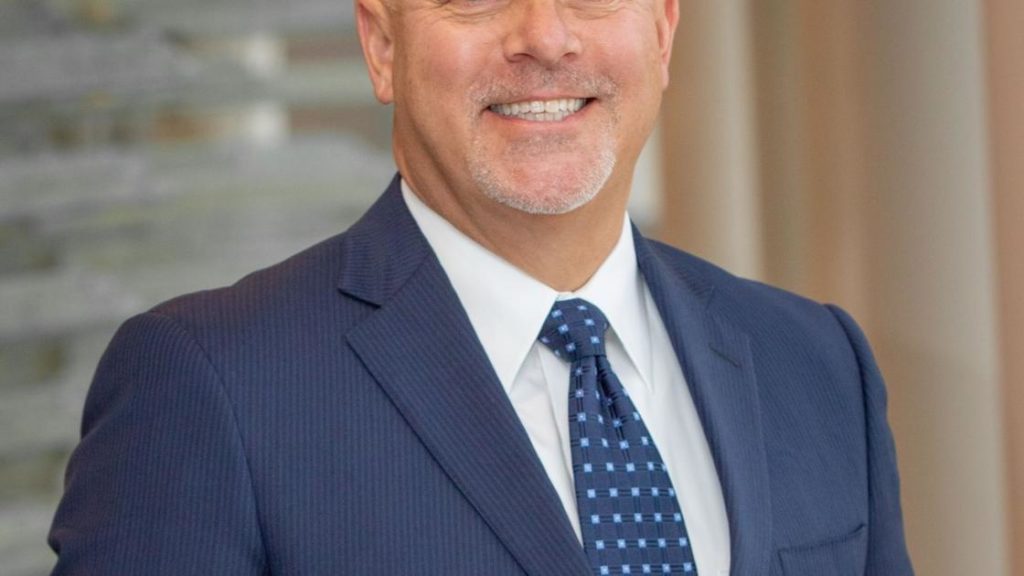Time for a financial rehearsal
Practice can also be beneficial in another way — simulating how to manage your expenses in retirement. The idea that your cash flow no longer comes from a reliable paycheck, but from other sources like Social Security and personal savings can come as a shock — even to those who are well-prepared for this change.
One idea to accomplish this is to run two accounts for a certain period of time. Through one account, manage all of your household and lifestyle expenses that you expect during retirement. This includes the costs for necessities like food, clothing, shelter, utilities, taxes and insurance as well as “nice-to-have” items like dining out, traveling, etc.
Keep in mind that you may have to estimate or inflate your lifestyle expenses for retirement as they could rise when you have more free time. The best way to get a handle on these expenses is to experience them while you’re still working. Take that trip to Europe before retirement and find out first-hand what you can do within your budget. If the cost is different than expected, make adjustments to your financial projections to more accurately reflect reality.
Through the second account, manage all of your expenses that are expected to end in retirement like principal and interest on a mortgage payment (if your home will be paid off), current car payments (although car payments can certainly happen again in retirement), college costs for your kids and contributions to retirement plans.

